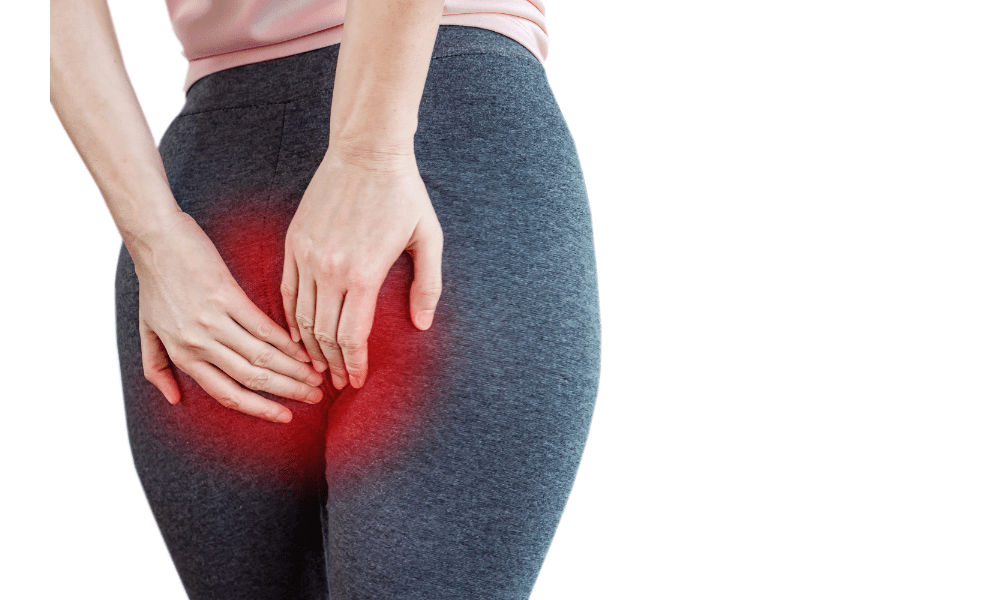Hemorrhoid Treatment: Quick Fixes for Discomfort

Hemorrhoids, commonly known as piles, are swollen veins in the lower rectum and anus that can cause discomfort, pain, and bleeding. This condition affects millions of people worldwide and can be particularly bothersome, especially during daily activities. While many people are hesitant to discuss this topic, understanding hemorrhoids and their treatments is crucial for relief and recovery.
In cities like Dubai, where lifestyle and dietary habits can contribute to this condition, effective treatment options are essential. Hemorrhoid Treatment Dubai provides various solutions ranging from lifestyle changes to advanced medical interventions, helping individuals manage their symptoms effectively.
Understanding Hemorrhoids
Types of Hemorrhoids
Hemorrhoids can be categorized into two main types:
- Internal Hemorrhoids: These occur inside the rectum and are usually painless. However, they may cause bleeding during bowel movements.
- External Hemorrhoids: Located under the skin around the anus, these can be painful, especially when sitting or during bowel movements. They may also bleed and swell.
Causes and Risk Factors
Several factors can contribute to the development of hemorrhoids, including:
- Straining during bowel movements: This is often due to constipation or diarrhea.
- Pregnancy: Increased pressure in the pelvic area can lead to hemorrhoids.
- Obesity: Excess weight can put additional pressure on the pelvic veins.
- Sedentary lifestyle: Lack of physical activity can contribute to constipation and hemorrhoid formation.
Symptoms of Hemorrhoids
Common symptoms associated with hemorrhoids include:
- Pain or discomfort around the anal area
- Itching or irritation in the anal region
- Swelling or a lump near the anus
- Bleeding during bowel movements
- Mucus discharge
Quick Fixes for Discomfort
1. Dietary Adjustments
Fiber Intake: Increasing fiber in your diet can help soften stools, reducing straining during bowel movements. Foods rich in fiber include fruits, vegetables, whole grains, and legumes.
Hydration: Drinking plenty of water is essential to prevent constipation and promote healthy digestion.
2. Over-the-Counter Remedies
Many over-the-counter products can alleviate hemorrhoid symptoms. These may include:
- Topical ointments and creams: These can provide temporary relief from itching and discomfort.
- Suppositories: Used to relieve internal hemorrhoid symptoms, these can reduce swelling and inflammation.
- Oral pain relievers: Non-prescription pain medications can help manage pain and discomfort.
3. Hygiene Practices
Maintaining proper hygiene is critical for hemorrhoid management:
- Gentle cleaning: Use moist wipes or a gentle cleanser instead of dry toilet paper to avoid irritation.
- Warm baths: Soaking in a warm bath can help alleviate discomfort and reduce inflammation.
- Cold compresses: Applying cold packs to the affected area can reduce swelling and numb pain.
4. Physical Activity
Regular physical activity can help prevent constipation and improve circulation in the pelvic area. Aim for at least 30 minutes of moderate exercise most days of the week.
When to Seek Professional Treatment
If home remedies and lifestyle adjustments do not alleviate symptoms, it may be time to consider professional treatment options. Consulting with a healthcare provider is crucial for determining the best course of action.
Non-Surgical Treatments
Several non-surgical treatment options can be considered for hemorrhoid relief:
- Rubber Band Ligation: This procedure involves placing a rubber band around the base of the hemorrhoid to cut off its blood supply, causing it to shrink and fall off.
- Sclerotherapy: A chemical solution is injected into the hemorrhoid tissue, leading to its shrinkage.
- Infrared Coagulation: This treatment uses infrared light to coagulate the blood vessels, causing the hemorrhoid to shrink.
Surgical Treatments
In cases where other treatments fail, surgical options may be necessary. These can include:
- Hemorrhoidectomy: Surgical removal of hemorrhoids may be recommended for severe cases.
- Stapled Hemorrhoidopexy: This technique involves using a stapling device to remove hemorrhoidal tissue and reposition the remaining tissue.
Recovery and Aftercare
After treatment, proper recovery and aftercare are essential to ensure healing and prevent recurrence:
- Follow post-treatment instructions: Adhere to your healthcare provider's advice regarding aftercare.
- Maintain a high-fiber diet: Continue consuming fiber-rich foods to support regular bowel movements.
- Stay hydrated: Drink enough fluids to prevent constipation.
- Gradual return to activities: Avoid heavy lifting and strenuous activities until cleared by your healthcare provider.
Lifestyle Changes for Prevention
To reduce the risk of future hemorrhoid development, consider implementing these lifestyle changes:
- Regular exercise: Incorporate physical activity into your daily routine.
- Healthy diet: Focus on a balanced diet rich in fiber and low in processed foods.
- Healthy bowel habits: Avoid straining during bowel movements and do not delay bathroom visits.
Conclusion
Managing hemorrhoids can be uncomfortable, but various treatment options are available to alleviate symptoms and promote healing. From dietary adjustments to medical interventions, individuals in Dubai can find effective hemorrhoid treatment solutions to enhance their quality of life. Seeking timely medical advice is crucial for addressing symptoms and exploring suitable treatment options. By making necessary lifestyle changes and being proactive, you can effectively manage and prevent future occurrences of hemorrhoids.
Expanding Each Section
To reach the desired word count, each section can be elaborated with more in-depth explanations, case studies, patient experiences, expert opinions, and additional tips.
Here are some suggestions for expansion:
- Understanding Hemorrhoids: Include more detailed information about the anatomy of the anal region, the physiological changes leading to hemorrhoids, and detailed descriptions of symptoms with diagrams if possible.
- Dietary Adjustments: Discuss specific high-fiber foods, recipes for fiber-rich meals, and the importance of probiotics for gut health.
- Hygiene Practices: Share personal anecdotes or testimonials from individuals who have benefited from these practices, and include expert recommendations on hygiene products.
- Non-Surgical Treatments: Provide more details about each treatment method, including effectiveness rates, potential side effects, and patient testimonials.
- Surgical Treatments: Elaborate on the surgical processes, recovery times, and possible complications.
- Recovery and Aftercare: Discuss the importance of follow-up care and signs of complications.
- Lifestyle Changes for Prevention: Offer a more comprehensive guide to building a preventive lifestyle, including sample workout routines and meal plans.